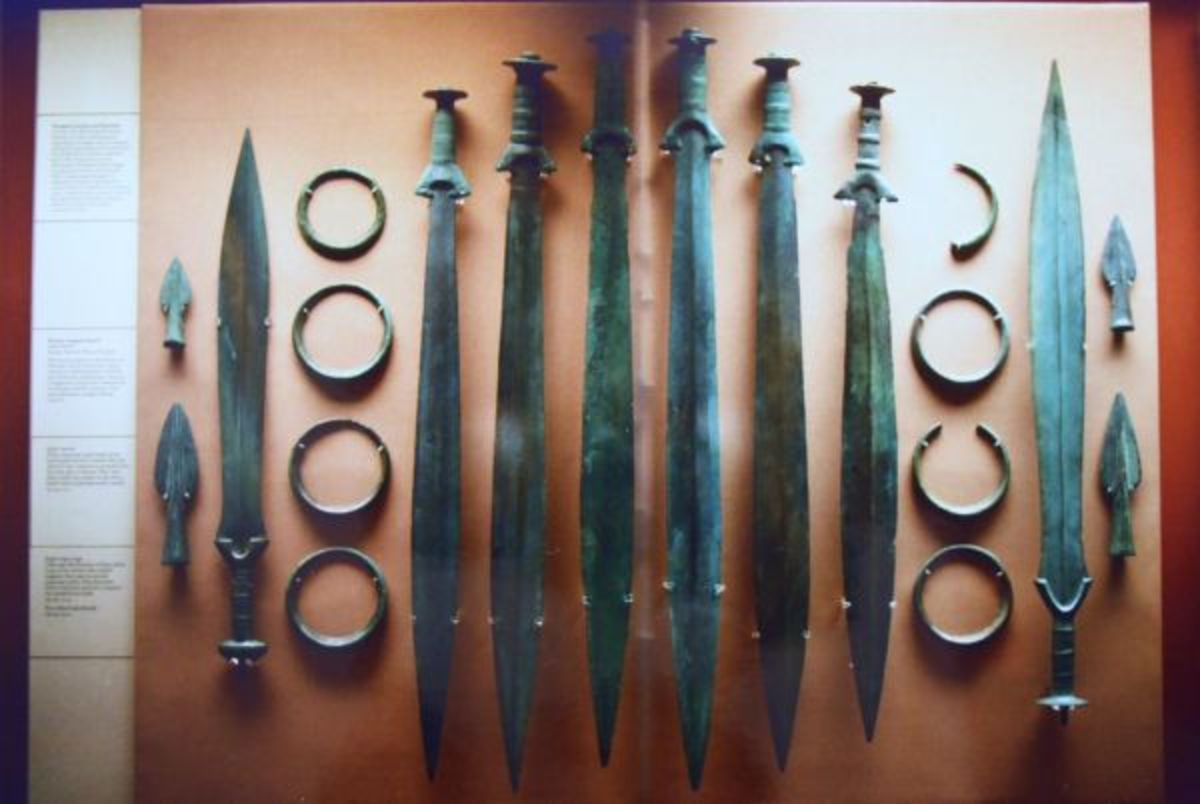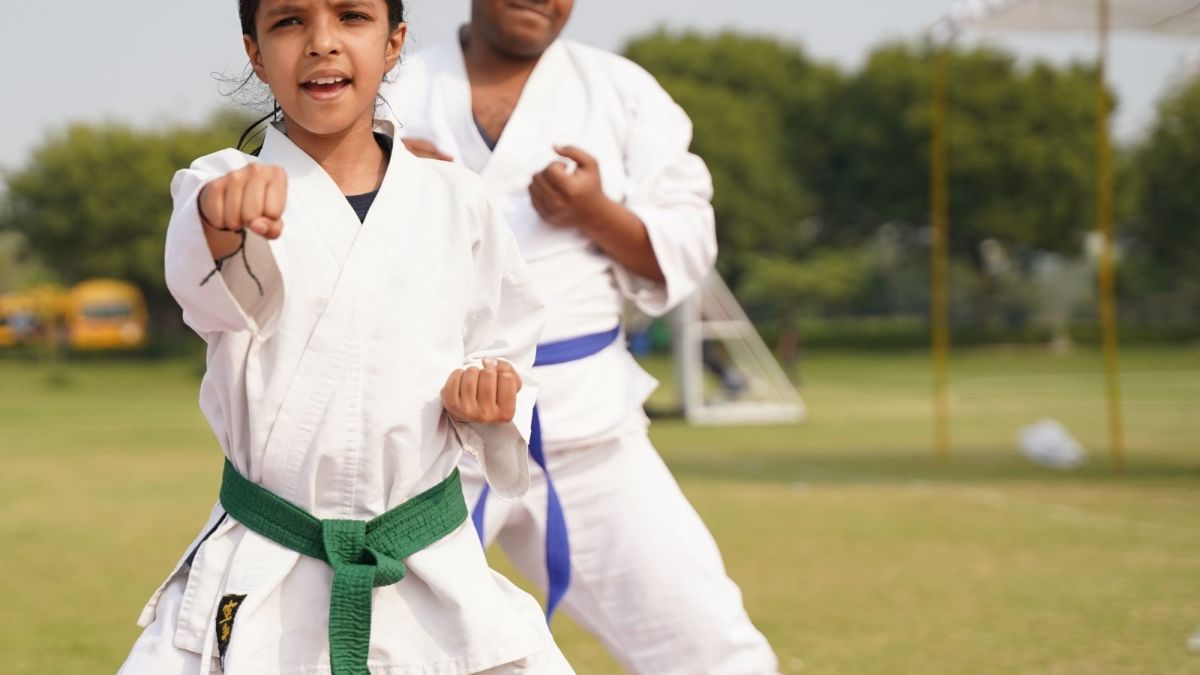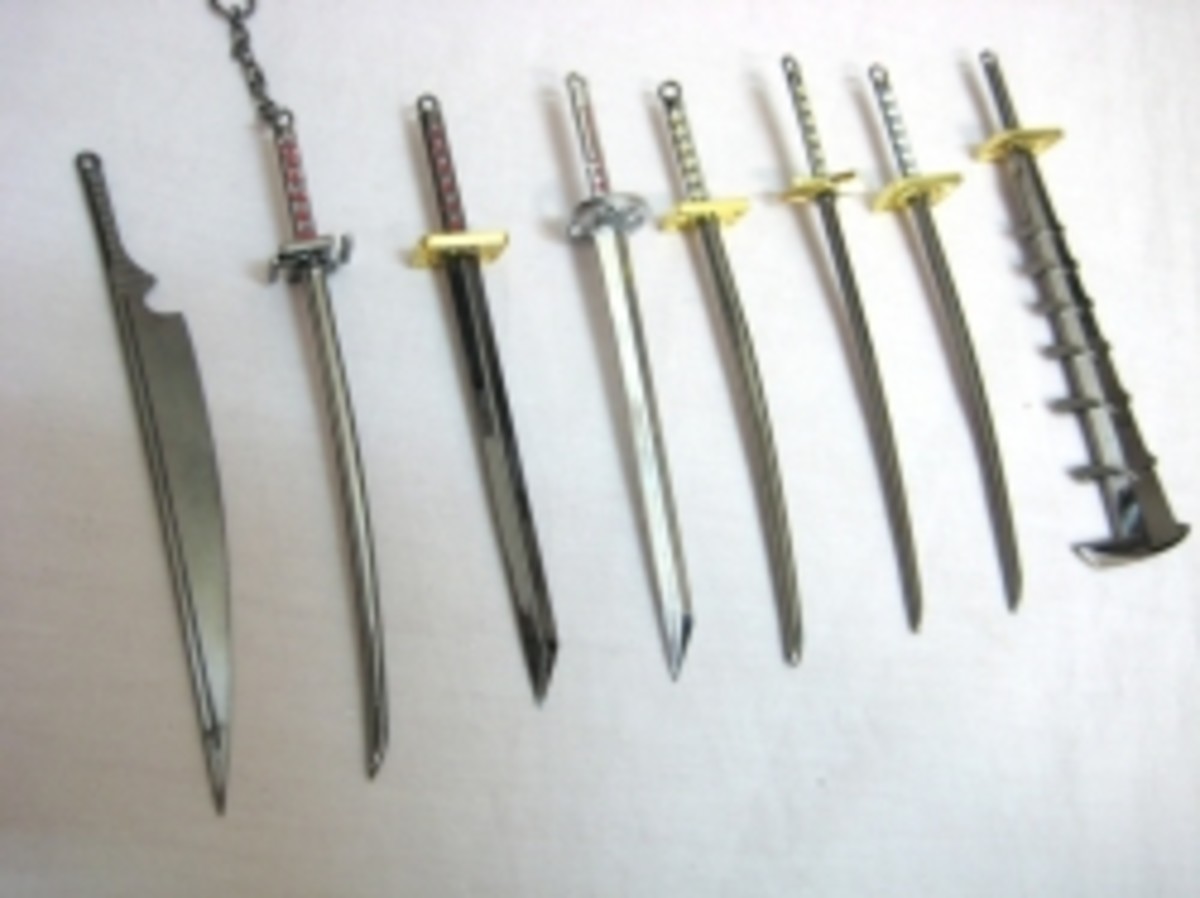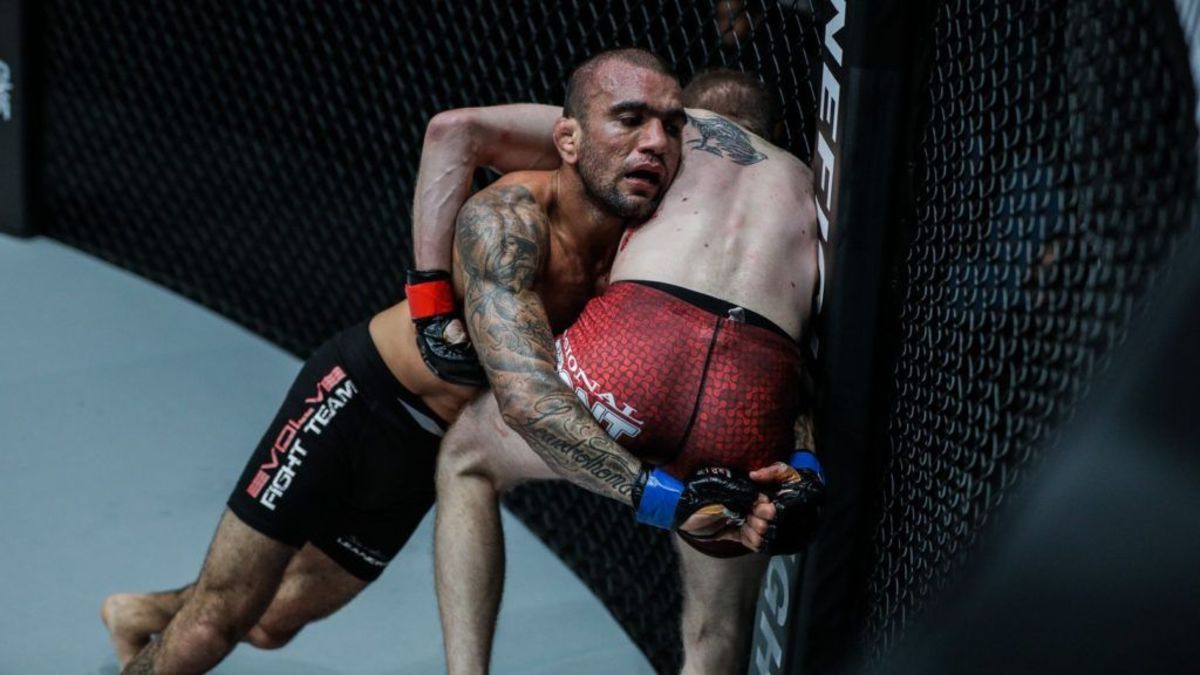Martial Arts: Sports vs. Self-Defense
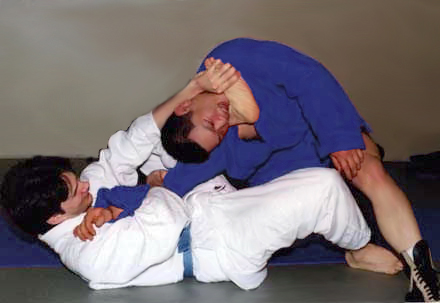
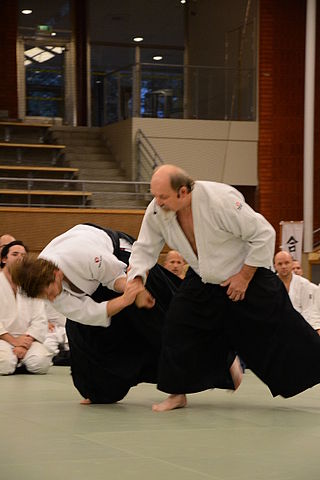
Categories Of Martial Arts
Martial arts can be classified into many categories: traditional martial arts, sports, police arts, military arts, and cardiovascular exercises. Traditional martial arts are the base of all the four categories.
The techniques used in combat sports, military & police hand-to-hand programs, and cardio-fitness routines originate from arts such as Boxing, Tae Kwon Do, Greco-Roman Wrestling, Judo, Aikido, Karate, Muay Thai, Brazilian Jiu-Jitsu, Hapkido, Kali, etc.
Ultimately martial arts are usually classified into two categories: self-defense oriented and sports.
The former is what traditional martial arts is all about without the focus of winning tournaments. Schools that do not focus on tournaments do focuses primarily on self-defense.
However, that is the ultimate objective of traditional martial arts and self-defense martial arts schools/programs/courses.
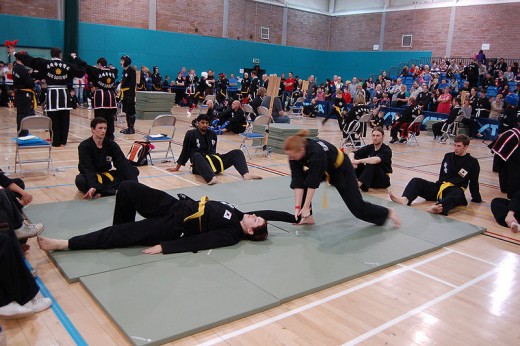
Traditional Martial Arts/Self-Defense Oriented Martial Arts
Keep in mind, one has to know the difference between “traditional martial arts” and “classical martial arts.”
This is what Guro Cody, my FCS Kali instructor, told me during one of our one-on-one sessions.
The introduction pages of his book, titled “Wado-Ryu Karate/Jujutsu,” explains the differences between the two.
Cody explained that a “classical martial art” is a style of fighting that has the main objective of preserving the system and ignoring the relevance of modern-day situations.
He explained that “traditional martial arts” has roots in the past, but are considerate of the situations in the present and the possible future.
Traditional martial arts, like traditions, adapt and change.
The main objective of learning traditional martial arts is for self-defense.
Unlike sport-oriented martial arts, traditional martial arts teach forms (the Japanese arts use "kata" and the Korean arts use "poomse") which are sets of offensive and defensive put in a set pattern.
This is similar to shadow boxing.
You learn many techniques that are useful in defensive situations but not transferable to a sports setting.
There are instructors that will dissect forms and extract moves to show the applications.
Instructors may do that to show the importance of forms.
My current TKD master said that katas are important as they have all the moves of the style. He called it self-training.
If we stop training, we tend to forget the moves with age.
By practicing the forms, we remember the moves.
This specifically applies to internal arts such as Tai Chi Chuan.
In most cases, the forms are practiced slow. You practice the moves slowly and apply them quickly for the desired effect. The reason forms are practiced slow is because you want to be accurate.
Accuracy equals speed.
You have traditional martial arts which are meant for self-defense with forms and you have your "self-defense" arts that focus strictly on defense without the codes and traditions.
There is nothing wrong with the latter as long as you are using it for self-defense and not trying to fight and bully people.
Traditional martial arts are effective in self-defense, provided that the curriculum keeps up with the times as Guro Cody explained in his book's introduction.
You get what you put in.
It depends on how serious you take the training and how dedicated you are.
Unlike the self-defense courses, the traditional martial arts schools don't teach you the advanced techniques such as dealing with knives, firearms, or other weapons until a certain rank or attaining a certain amount of years experience.
Your personality plays a role in what you're eventually taught in class.
If your instructor thinks you're not going to take the training seriously, then s/he will not teach use those types of techniques. If you look like you're going to show off in the future, then instructors won't teach you.
Self-defense courses, in most cases, do not have the formalities associated with traditional martial arts (primarily the Eastern martial arts).
In most cases, you train and practice in loose-fitting comfortable clothes instead of traditional martial arts uniforms. If you do exercises, there's no counting in different languages such as Japanese (ichi, ni, san...) or Korean (hana, dul, set...). There are styles or courses that do utilize rank and those that do not.
Two examples of martial arts, without the traditions, focusing on self-defense are: FCS Kali and Krav Maga.
However self-defense is subjective because there variations of self defense such as: self-defense for civilian operators, self-defense for law enforcement operators, and self-defense for military operators.
The late Joe Lewis, said that there is nothing that styles/systems such as Krav Maga have that the Okinawan styles don't. Again, many "self-defense" styles are derived from traditional martial arts styles.
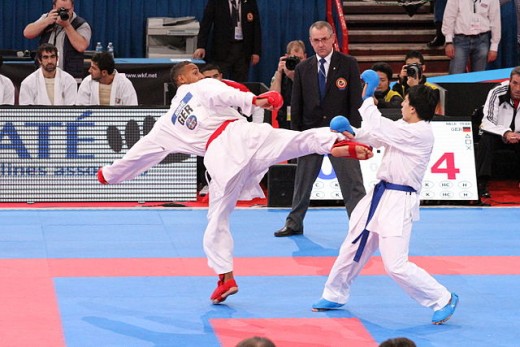
Sport-Oriented Martial Arts
The latter is martial arts adapted into sports with rules to ensure the safety of all competitors.
Examples of martial sports are: Boxing, Collegiate Wrestling, Sport Karate, Kickboxing, Tournament Grappling, Tournament Judo, Olympic Tae Kwon Do, and Mixed Martial Arts (MMA).
Sport-oriented martial arts trains martial arts to go up against other martial artist in a controlled setting with rules.
For example, Olympic TKD sparring does not allow strikes below the waist, strikes to the back, strikes to the face, grabs, throws, knees, or elbows. The only legal target is your opponent's pad.
In the case of black belts, kicks to the side of the helmet are allowed. The only punches that count are reverse punches. In most cases, you don't have to worry about people trying to punch or knee you in the face much.
There are instances in which sore loses resort to "cheap shots" after a match. My previous TKD instructor, Master Jean Jr., received an ax kick from behind from his opponent. Jean Jr. won the match and the opponent felt sore about losing.
Also Olympic TKD aka WTF TKD uses a point-scoring system.
You get one point for basic kicks and reverse punches to the pad. You get more points by clean kicks to the side of the helmet or landing advanced kicks to the pad.
Another example is Judo, which is classified as a “gentleman's sport,” where competitors focus on trying to get that Ippon. Striking each other, standing or on the ground, is strictly prohibited.
This also applies to tournament Brazilian Jiu-Jitsu, tournament grappling, Wrestling, and certain formats of Russian Sambo.
Competitive Wrestling is similar.
Like Judo, striking of any kind is prohibited. However there are formats of Wrestling that prohibit the use of submission holds.
Throws are graded by "Yuko" (less than Wazare), "Wazare" (less than Ippon), and "Ippon." Scoring one Ippon automatically ends the match. In the past, there was "Koka" which is less than Yuko. To score Ippon means that your throw has to be really clean. If your throw isn't perfect, it gets a Wazare.
If the match gets taken to the ground, you only have 20 seconds to put your opponent in a submission. After 20 seconds, you have to break the hold. Also, leg locks are strictly forbidden in tournament Judo. Freestyle Sambo disallows leg locks to encourage participation from Judokas.
The International Judo Federation (IJF) did make adjustments to the rules to make the sport more "spectator friendly" or face it being removed as an event from future Olympics.
Changes were made in preparation for the 2016 Summer Olympics in Rio de Janiero.
In age divisions, there are certain moves that are not allowed such as chokes.
A third example is light-contact sport Karate where the competitors simply poke each other to maintain light combat. Keep in mind that there are several formats to tournament Karate. There is a format called full-contact Karate.
The fourth example is Kickboxing.
There are several formats of Kickboxing. In Muay Thai, elbows and knees are allowed. In Lethwei, headbutts are allowed. In some formats of Kickboxing, elbows and knees are disallowed. In long-pants kickboxing, you are prohibited from doing elbows, knees, headbutts, or leg kicks. Some forms of kickboxing allow you to execute throws while other forms do not.
The fifth example is Boxing or "Western Boxing." You use jabs, crosses, hooks, uppercuts, and body shots. You and your opponent are weight gloves to keep your fists from getting damaged in the process. No punches below the waist, kicks, nor grappling attacks are allowed. Dirty attacks such as biting, eye-gouging, etc are not allowed.
The biggest example of a sport-oriented martial art is MMA.
Ever since the season finale of the first season of The Ultimate Fighter, the Ultimate Fighting Championships pioneered the path of the sport becoming mainstream.
While MMA can be considered the closest thing to real fighting between martial artists, they still fight in a controlled environment.
While MMA does have a high level of violence, it's actually the safest combat sport. Edson Berto, my friend and now-primary MMA teacher (the older brother of boxer Andre Berto), said that anything can happen in MMA.
A person with years of extensive martial arts experience and fight wins could lose to someone who's inexperienced and so forth. MMA's like the proverbial box with many surprises. In MMA, you have the opportunity to watch some of the most exciting to most downright bizarre matches.
On the downside, there are matches that end too quick, take too long, or become really boring.
You do have formats that are similar to MMA such as San Shou and Daido Juku (aka Kudo). To further elaborate: MMA is generally a combination of Boxing, Kickboxing/Muay Thai, Wrestling, and Brazilian Jiu-Jitsu/Submission Grappling. In a sense, it does combine San Shou and Kudo.
Cung Le got his start in San Shou and K-1 before joining Strikeforce and eventually the UFC.
Self-Defense vs. Sports:
You can be proficient in your respective styles of martial arts but do terrible at tournaments.
I've managed to hold my own in MMA sparring but do a terrible job at Tae Kwon Do tournaments. I'd like to believe that I should be able to defend myself if I ever run into a situation.
You can dominate in tournaments but be a terrible martial artist.
This happens to many martial artists who focus a lot on tournaments.
One of my MMA instructors in the past tended to knock on me for still training in the traditional martial arts.
Personally I felt insignificant and dejected. That got me talking to many martial artists for their take.
Guro Cody told me that constantly losing in tournaments does not make you a bad martial artist. That can also be translated to you can still be able to defend yourself but do poorly at tournaments.
Sensei Tucker, my Judo teacher, told me the story of his master when he moved to the United States from South Korea.
When his master was in college, he joined the university's Judo team and even held a higher Dan rank than the coach.
Moving to the States, he left his certifications again. He had to prove himself all over again by competing in tournaments. Since they didn't have weight classes, his master lost on a constant basis. But, it didn't make him a bad Judoka.
However, there are martial artists that are proficient in tournaments and can more than hold their own in tournaments.
If you fall into the category of being proficient in martial arts but doing badly in tournaments, you have difficulty when there are rules at play. However, that's not necessarily a bad thing unless you want to compete in a bunch of tournaments.
When I took up European Fencing, for the 2 1/2 years before the program ended, I stuck with the Epee format after I "graduated" from foil combat. Modern Fencing is one of those styles that's made a full conversion into a sport. Modern Fencing is synonymous with Sport Fencing. Epee's format, as a sport, was simple (though simple does not mean easy). It's hit, defend, and don't get hit. It didn't have any of the complex rules of foil and saber Fencing.
I wasn't interested in taking European Fencing as a sport, I was interested in taking it as a martial art. I had remotely no interest in doing competitive Fencing. Epee format was relatively the closest thing to sword/blade combat. In a self-defense situation, I can apply my Epee training with short and/or pointed objects.
This is also the same when I went back into Tae Kwon Do training. I always avoided the tournament scene for the same reasons. I still train in TKD, but I don't bother with competing in the tournaments.
MMA, which I also train in, is the gray area between traditional/self-defense and sports.
The sport emphasized the importance of cross-training and aliveness training; but, it's still in a controlled environment with rules and referees.
However, MMA fighters are disciplined with workout regiments in order to stay fit.
Sensei Kemp, my other Judo teacher, said that no matter how old you are it's important to stay fit. Guro Cody said that being physically fit goes a long way in being able to effectively defend yourself. Master Jean Sr., my TKD instructor, echoed the same thing. That's pretty much the one merit that sports martial arts have is because they're athletes and they have to be in their physical prime.
If you fall into the category of being proficient at tournaments but not really proficient in the martial arts, then you are too used to the rules. In this respect, you can and will develop many bad habits in the future.
Why is that?
The best example to use would be referring to a June 2012 article by US Army Captain Paul K. Chappell. Chappell graduated from West Point in 2002 and served in active duty for seven years from 2002 until 2009. In 2009, he left active duty in the late fall. Chappell has published notable books such as “Will War Ever End?” His work on promoting world peace has given him a mention by Archbishop Desmond Tutu. Currently, Chappell serves as the leadership director for the Nuclear Age Peace Foundation.
I had the privilege of meeting him when he visited town early March of 2012. Chappell wrote an article called The Hunger Games vs. the Reality of War. The Hunger Games by Suzanne Collins, a best-selling book, became adapted into a live-action film that came out earlier this year.
Hunger Games, the book, become required reading material in many schools to be educated on war, violence, and trauma.
Chappell gives criticism on the book's portrayal in the first part of his article titled Debunking the Myths of War.
The reason that being able to effectively resorting to self-defense and performing poorly at tournaments or vice versa parallels the second section of his article called “The Three Protective Methods.”
The 3 Protective Methods:
Having reliable comrades: In terms of martial arts, it means having reliable peers that will push you to your limits. This is crucial to both self-defense and sport-oriented martial arts.
Having reliable leaders: In terms of martial arts, you need to have reliable instructors. This is very important if you want to properly use techniques to defend yourself. In sport-oriented martial arts, it means having reliable team captains, trainers, and coaches.
Having reliable training and realistic training: In terms of self-defense martial arts, you want to have the necessary training to defend yourself against attackers, armed assailants, multiple assailants, etc.
These protective methods can and will determine if you can be proficient at self-defense, win tournaments, or both. It's going to depend upon those three factors.
I brought up the brutality in mixed martial arts.
Ironically and interestingly enough, Chappell happened to be an avid fan of MMA.
He recalled his experience as a cadet at West Point.
Chappell told the audience that Boxing was a mandatory activity for male cadets and optional for female cadets. They weren't being prepared to fight competitively, it was physical and mental conditioning for future officers for when they get sent into hostile environments.
This practice is also applied to the US Naval Academy in Annapolis, Maryland.
Bruce Lee believed that martial arts geared towards tournaments would eventually cause practitioners to develop bad habits which would become dangerously detrimental in a real-life self-defense situation.
This plays upon the 3 Protective Methods.
In one of the FCS Kali sessions with Guro Cody, he told me this: when a martial arts style gets converted into a sport, it's the kiss of death.
Overall:
This is the biggest problem that traditional martial arts schools usually face.
There's nothing wrong with a traditional martial arts school entering martial arts tournaments.
As long as the school doesn't emphasize with winning tournaments, then it doesn't necessarily compromise self-defense training. If you have a school with many children, then participating in tournaments becomes a necessity. If you have mainly adults, not interested in tournaments, then there's no need to compete.
Competing in tournaments and winning doesn't necessarily make you a better martial artist nor make you more proficient at self-defense. Losing in tournaments does not necessarily mean you cannot properly defend yourself.
The main focus of a martial arts school should not be competing in and winning tournaments. The only exception are fight camps as their main objective are train fighters to win amateur to professional tournaments. If the school focuses entirely on tournaments instead of self-defense, with the exception of fight camps, then the school will produce terrible martial artists.
Also, traditional martial arts schools that focus mainly on tournaments risk diluting the effectiveness of styles. Many schools that teach styles of martial arts such as Tae Kwon Do, Karate, and Kung-Fu are notorious for focusing primarily on tournaments. In the long run, the psychological training becomes detrimental.
Ultimately, what you get out of martial arts training is what you put in. This applies to sports and self-defense applications.
Simply put: martial arts tournaments are in a controlled environment with spectators, rules, one-on-one fighting, honor, points, referees, second place, third place, trophies, so forth. You also have rounds and time limits.
Self-defense have no rules, no referees, no second place, no honor, no points, etc. You can have an armed assailant, multiple assailants, or even both. 1st place means you get out of the situation alive and hopefully unhurt. 2nd place could mean you end up dead. There are no rounds and no time limit in self-defense situations. In many cases, self-defense situations are not in controlled environments.
It is important to differentiate the difference between self-defense and street-fighting. Self-defense situations are situations that cannot be avoided. Street-fights can be avoided.
However, if you're not careful, a self-defense situation can turn into a street-fight which is not good.
If a school does sparring, grappling, or randori drills, nothing wrong with that. You still need a controlled environment, to an extent, to properly work on your techniques.





